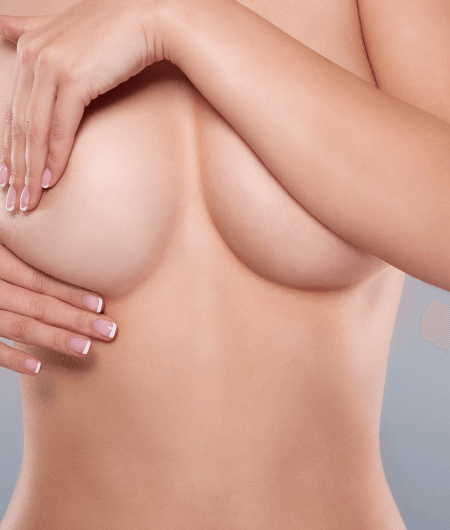There are well-established surgeries to fulfill all types of transformations of breast size and shape. The most common are breast augmentation, breast reduction, and mastopexy (lifting and tightening of the breast), or some combination of these.


Please view some of our frequently asked questions below.
There are some ideals for breast shape but in general this can be vastly different for different body types, proportions, and personal taste. Over the ages, the desire for large and small sized breasts has been influenced by the styles and fashion of the era. However, a youthful breast shape will have more fullness in the upper half and medially (the cleavage area).
This varies for each patient and their goals. Any age can be the right time for a breast surgery, provided that you are healthy enough to undergo a surgery. Breasts will undergo changes throughout your life, especially during pregnancy & lactation or weight fluctuations. It is common for women to inquire about breast surgery before or after having children, depending on their goals.
If you’re planning to get pregnant in the immediate future then it is probably best to delay any treatments until after pregnancy. It is best to wait at least 6 months after finishing breast-feeding to allow the breasts to stabilize to their new-normal.
Breasts also will change with body weight fluctuations but this varies considerably between the individuals. Some women will readily gain and lose weight in the chest; others will find their breast size changes more subtly with weight changes. It is worth considering delaying breast surgery until your weight is stable if you’re currently losing a significant amount of weight (such as during the first year post bariatric surgery).
Yes, you can usually still lactate and breastfeed after having breast surgery.
A Breast Augmentation has very little effect on lactation because it does not usually involve any changes or dissection through the actual glandular breast tissue. The ducts remain connected to the nipple and should function as normal.
Breast Reduction, Mastopexy, or any other surgeries that involve moving the nipple-areola complex (NAC) necessitate altering some of the glandular tissue and ducts. Many ducts will still remain in connection with the nipple, along with the nerves for sensation but there can be some changes. Studies have shown over 50% of women can independently breast feed (without needing any formula supplementation) after a breast reduction, compared to about 75-80% in the general population (women who never had any breast procedures).
Dr. Davison will ask about any personal risk factors or family history of breast cancer for all women coming for a breast surgery consultation. Depending on your age and risk factors, you may be recommended to have a routine screening exam prior to surgery (usually a mammogram). None of the elective breast surgeries will increase your risk of developing a breast cancer. But very occasionally an abnormality can be discovered during or afterwards.
All breast tissue that is removed during a breast reduction or mastopexy is sent for routine pathology at the MUHC. During the pathology analysis, occasionally abnormal cells or a breast cancer can be discovered. Dr. Davison is specialized in breast cancer reconstruction and should there be any abnormality would refer you to one of his excellent colleagues at the MUHC Breast Cancer centre for the appropriate next step.
Dr. Davison is a Canadian board certified Plastic Surgeon and an Assistant Professor of Plastic Surgery at McGill.